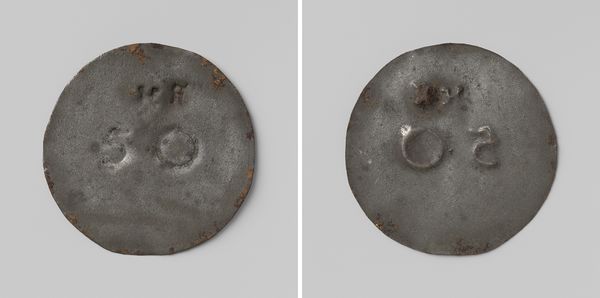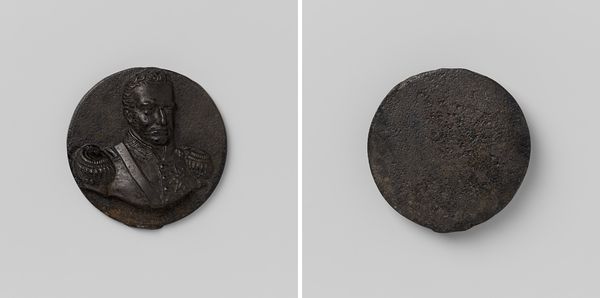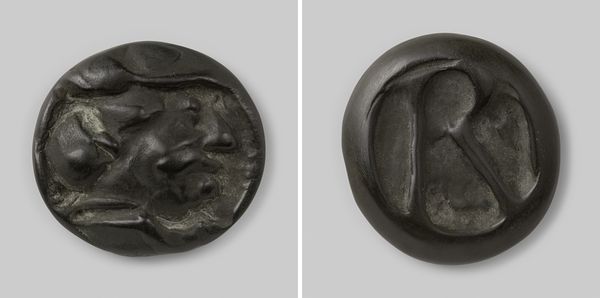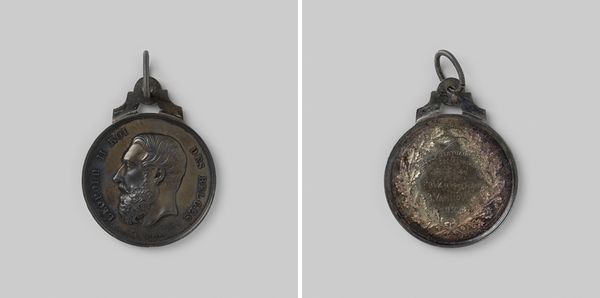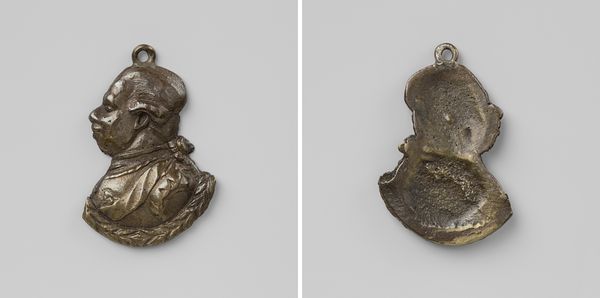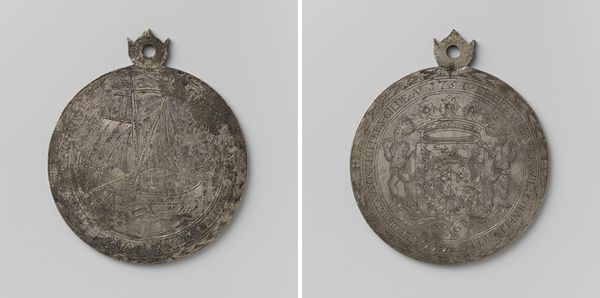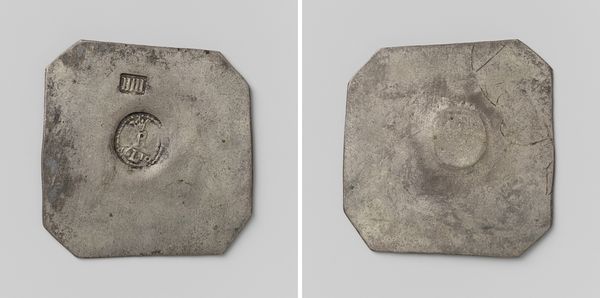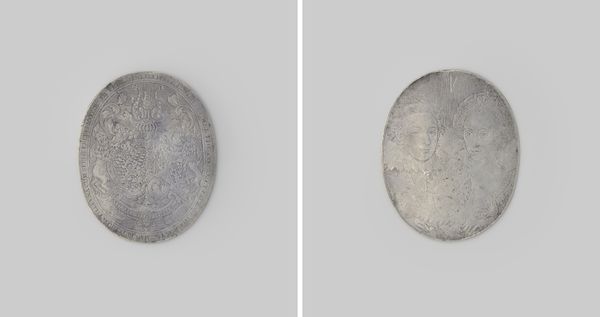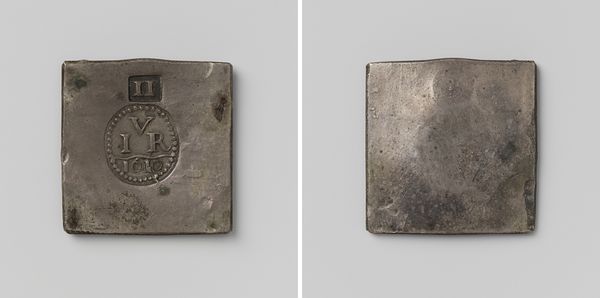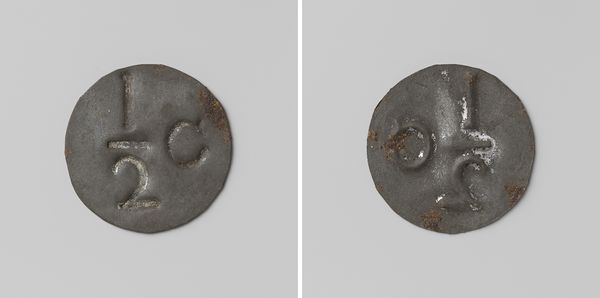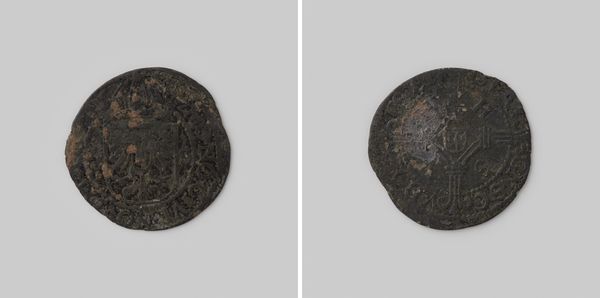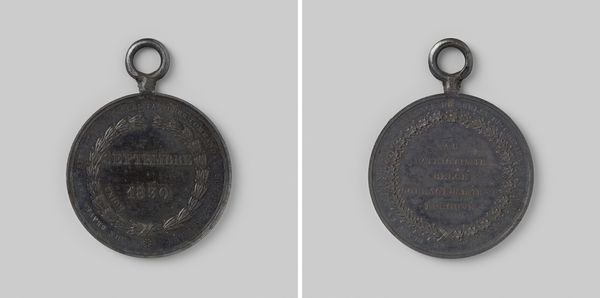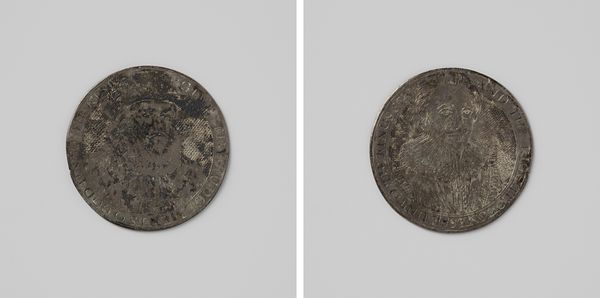
metal, relief, sculpture
#
portrait
#
neoclacissism
#
metal
#
relief
#
sculpture
Dimensions: height 4 cm, width 2.5 cm, weight 16.67 gr
Copyright: Rijks Museum: Open Domain
Editor: This metal relief portrays Willem I Frederik, King of the Netherlands, and it seems to date sometime between 1815 and 1843. Its dark coloration gives it a rather somber, almost severe tone. What historical currents might have shaped its creation and reception? Curator: That's a great observation. Its Neoclassical style reflects a desire for order and stability after the Napoleonic era. Such portraits played a key role in constructing and reinforcing the image of the monarch and nation, carefully managing public perception during a period of nation-building. Consider how the very act of creating and displaying these images reinforced the authority of the monarchy and contributed to the collective identity of the Dutch people. Editor: So it was meant to be seen and perhaps worn? How would this fit into the larger socio-political context of the time? Curator: Exactly. It was a portable symbol of power and patriotism, circulating amongst elites and potentially fostering loyalty. The choice of metal, its permanence, reinforces these goals. Where might this piece have been displayed, who would have owned this, and what message might that have conveyed? Editor: Perhaps a wealthy merchant or a government official, showcasing their loyalty to the crown? Did this type of portraiture reach a wider audience or remain within the elite circles? Curator: The extent of its reach is debatable, but such imagery would likely be reproduced in other forms – prints, ceramics – allowing for wider dissemination. It is always a delicate balance for those in power: portraying a public image of accessibility alongside the trappings of power. Do you think this work strikes such a balance? Editor: Perhaps not entirely, that severe look might work against him today. Thinking about it as a symbol used by the state makes me view it very differently than just looking at it as a portrait. Curator: Precisely. By analyzing art through the lens of its historical and social context, we gain a deeper understanding of its power and purpose.
Comments
No comments
Be the first to comment and join the conversation on the ultimate creative platform.

